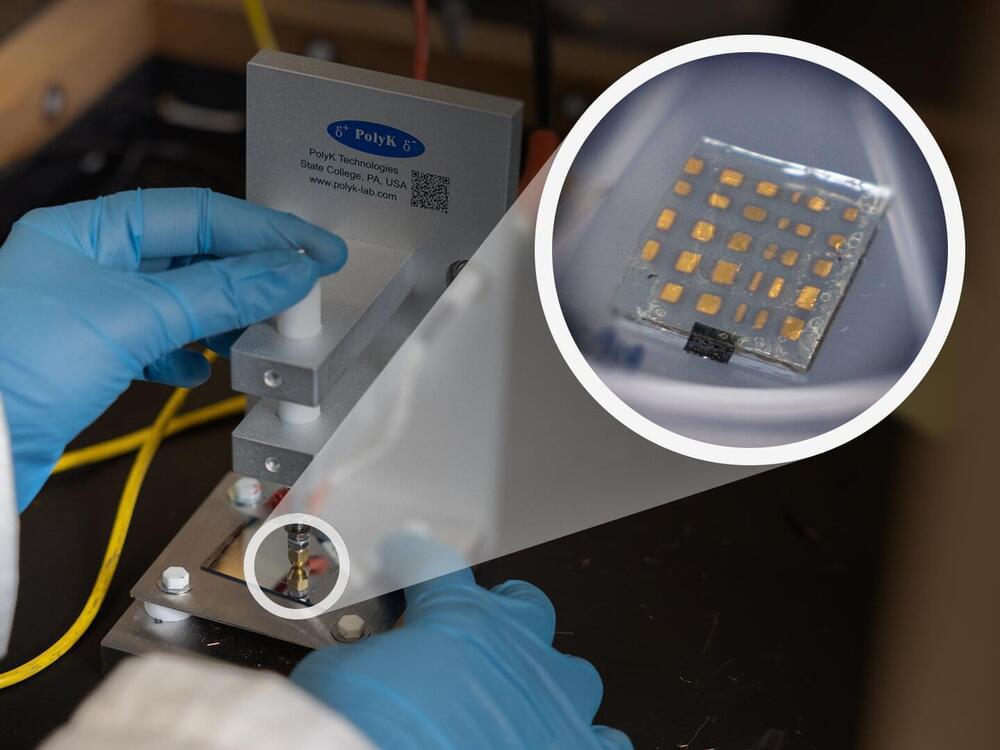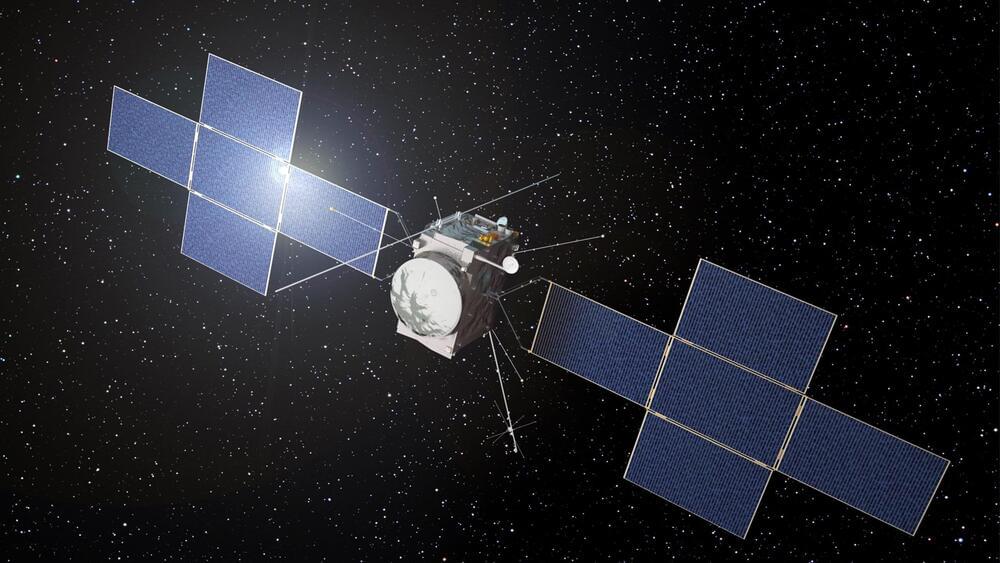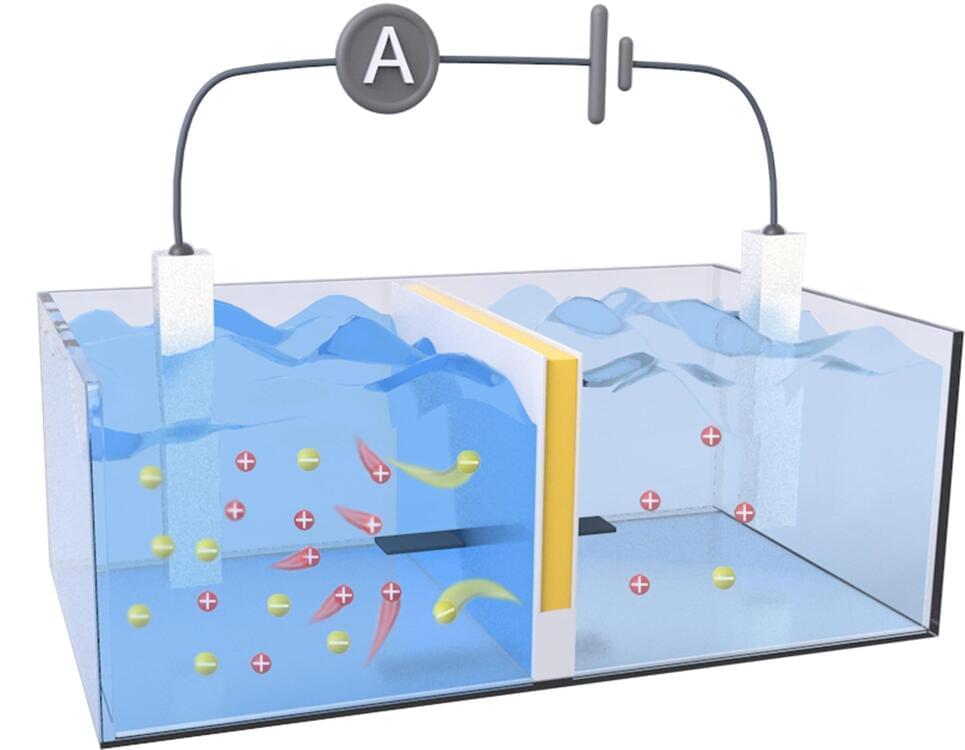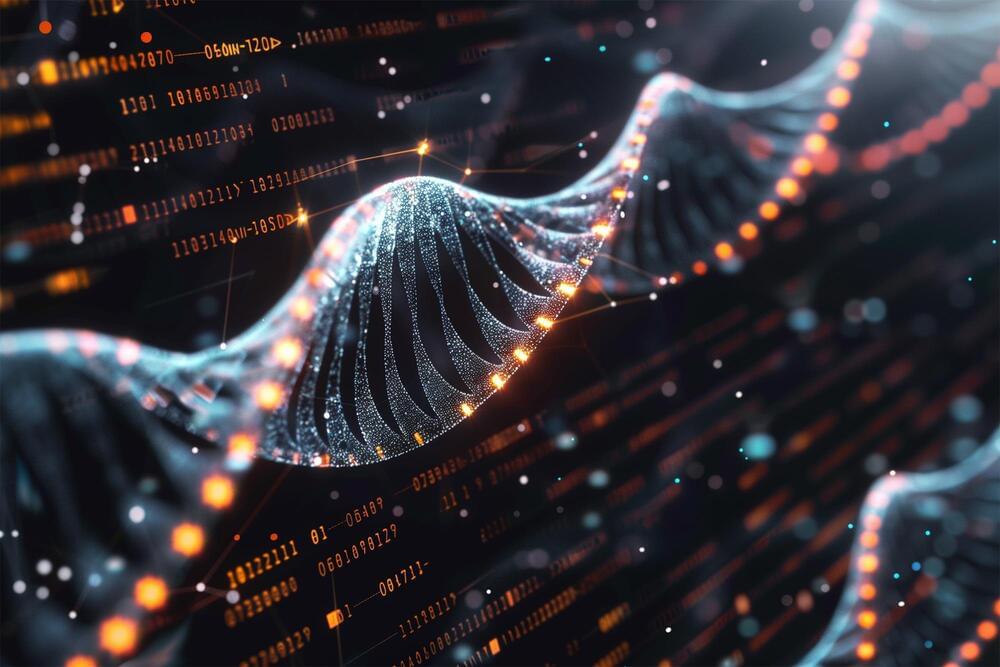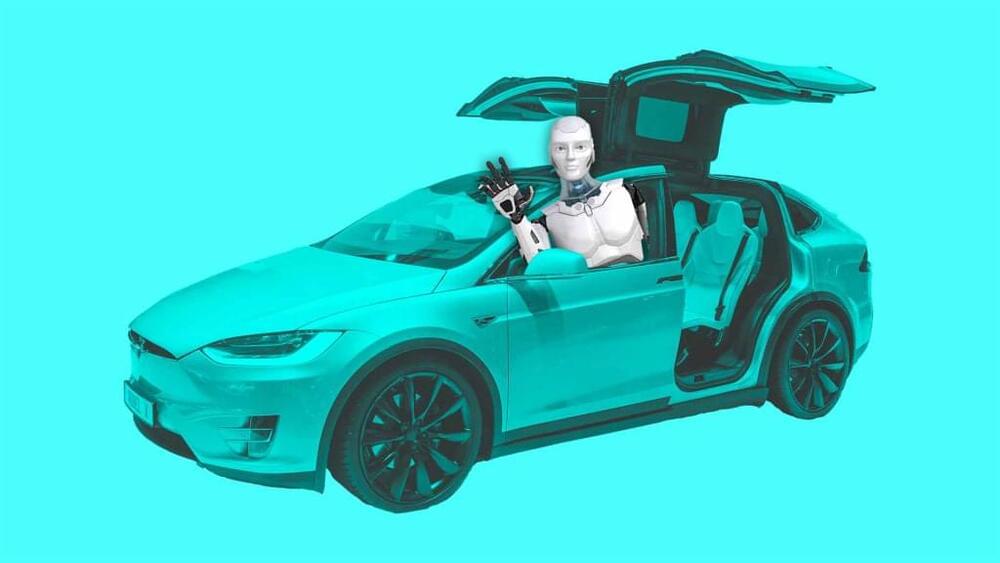In the quest for more efficient and sustainable energy solutions, a multi-university research team has reached a significant milestone in capacitor technology. Researchers from the University of Houston, Jackson State University and Howard University have developed a new type of flexible high-energy-density capacitor, which is a device that stores energy.
Though the prototype device is just 1-inch by 1-inch, scaled-up versions of this innovation could potentially revolutionize energy storage systems across various industries, including medical, aviation, auto (EV), consumer electronics and defense.
The researchers shared the study details in a paper titled “Ultrahigh Capacitive Energy Density in Stratified 2D Nanofiller-Based Polymer Dielectric Films,” published in the journal ACS Nano.
